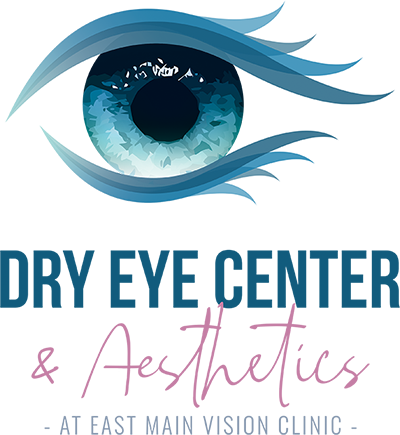December 8, 2021

As a parent you do everything for your children to help their future, decisions that you make today can have a significant impact on them. Apart from ensuring that your child is safe and well-fed, you should think about individual aspects of their health. Taking care of children’s health includes eye health.
All parents need to find out when and how often their children should have eye exams. Regular eye exams will help ensure that you protect your child’s vision.
Eye Exams: It Is Never Too Early
When it comes to having your child’s eyes examined, it is never too early. It is crucial to realize that some eye problems that develop in childhood can affect a child’s vision for life. Detecting the issue early can help treat it while it is still a minor issue.
Young children are constantly learning new skills that will prepare them for when they learn to read and write. Visual skills, eye-hand coordination, fine motor skills, etc., are also essential for learning and academic success.
Delays or vision issues can turn into larger problems or inhibit scholastics. Children’s eye exams are not just about determining whether a child needs glasses, but also about preventive care.
Why Children Need Eye Exams
All children should get a comprehensive eye exam before starting school.
Eye exams can help detect abnormalities in pupil light reflex, ocular alignment, and other functional aspects of the eye. Remember, having no symptoms does not mean that the child does not have vision problems.
School Vision Screenings
The answer is No. A school vision screening offers limited testing. Most vision screenings only test distance 20/20 vision and do not assess near vision acuity, or the child’s visual skills, which are needed for effective learning, reading, and computer use – all essential for school.
They also do not test eye tracking, focusing, and the eyes’ ability to work together, which is highly important for the classroom and sports. A child may have 20/20 vision and still have a serious eye problem or overworked eye muscles.
What Should A Parent Look For
The following warning signs may indicate an eye problem:
Avoiding reading, writing, or drawing
Closing one eye when in bright sunlight, watching TV, or reading
Excessive rubbing or blinking their eyes
Unexplained or frequent headaches
Holding books or objects close to their face or sitting very close to the TV
Poor hand-eye coordination and clumsiness
By catching on to your child’s symptoms early, treatments or glasses can be prescribed early while symptoms are mild. If there is a history of eye issues in your family, regular eye exams are particularly vital.
Conditions Eye Doctors Look For
There are several eye conditions that eye doctors look for when examining children. Young children 5-7 years old should be screened for visual acuity and alignment, but the most common problem in this age group is Nearsightedness (myopia).
Other conditions include amblyopia (lazy eye), strabismus (eyes looking in different directions), and ocular allergies. Eye conditions such as lazy eyes or crossed eyes can be treated easily if detected early. Doctors can treat the conditions using an eye patch, special glasses, or prescription eye drops.
Scheduling Pediatric Eye Exams
East Main Vision is not a pediatric clinic; however, Dr. Day sees and treats children as young as 5 years old.
If you suspect your child has an eye issue or have noticed a problem, call the office at (253) 780-0700 today. We are happy to see you and your family for comprehensive eye exams!



